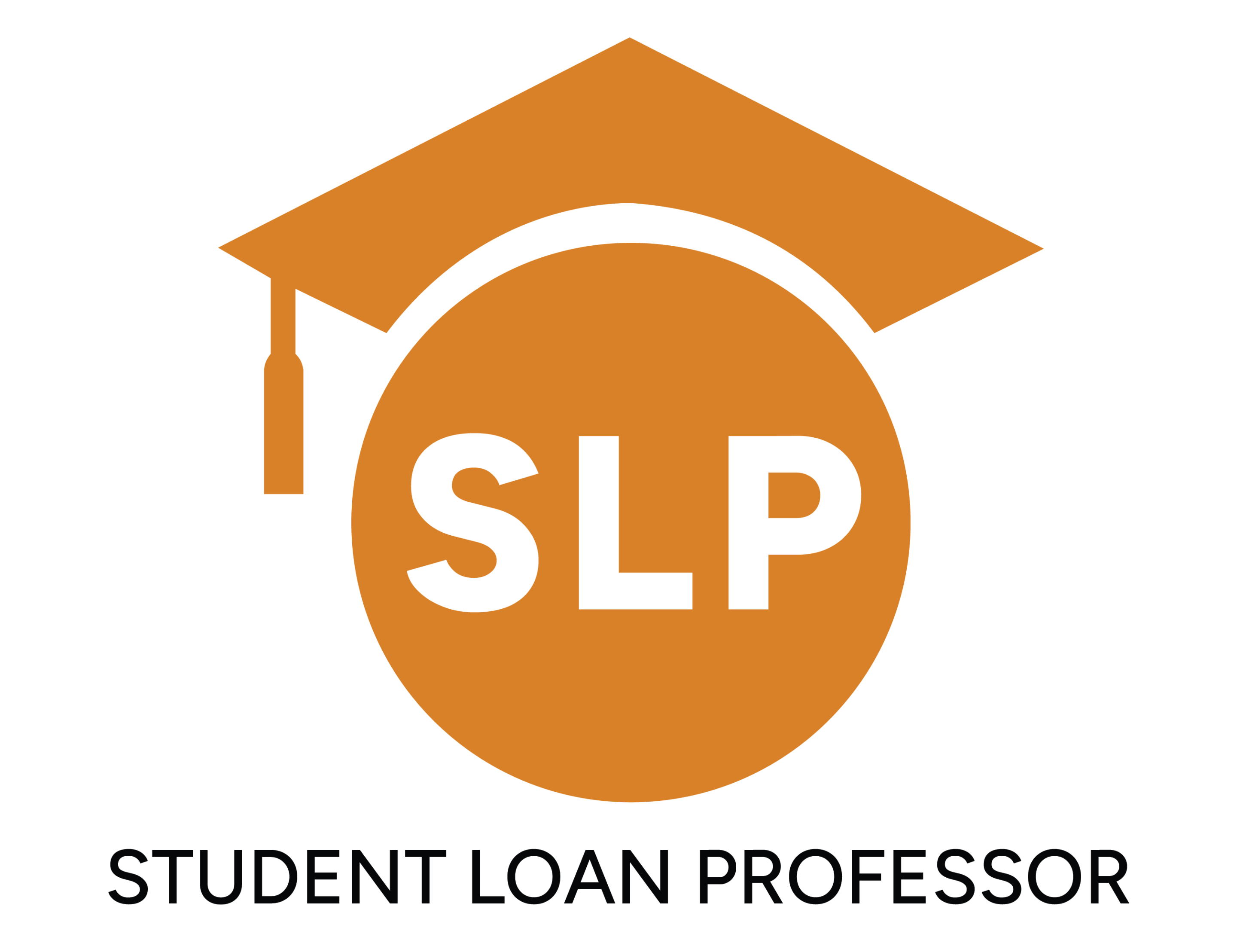For many students, the financial burden of student loans lingers long after graduation, affecting their ability to buy homes, start businesses, or even build savings. Yet, the weight of student loans doesn’t just impact young graduates—it’s a concern that keeps parents up at night.
Fortunately, parent student loans can help cover the gap between tuition and other available funding.
However, parents who choose this route to protect their children from financial stress should proceed cautiously. To explain better, we’ve prepared this guide to help you understand what parent student loans are as well as the implications involved.
Key Takeaways
- Parent student loans are given to parents to cover their children’s educational expenses.
- As a parent, you can get a federal PLUS loan or a private loan from banks and online lenders.
- While parent student loans can help reduce your child’s financial burden, they can also impact retirement savings.
Parent Student Loan: What Does It Mean?
A parent student loan is a type of loan specifically designed for parents to help cover the cost of their child’s college education. Unlike student loans taken out by the students themselves, these loans are entirely the parent’s responsibility, including repayment.
These loans aim to cover the financial shortfall after scholarships, grants, and savings, allowing students to attend college without accumulating overwhelming debt.
Though it can require significant sacrifice from parents, this shared responsibility lets them invest in their child’s future.
Types of Parent Student Loans
As a parent, you can choose between two types of parent student loans: Federal Parent PLUS Loan and Private Parent Loan.
Before we go into detail, let’s compare them at a glance.
| PLUS Parent Loans vs. Private Parent Loans | ||
| Feature | PLUS Parent Loans | Private Parent Loans |
| Issuer | US Department of Education | Private banks, credit unions, or financial institutions |
| Interest Rate | Fixed rate set annually by the federal government | Variable or fixed, depending on the lender |
| Credit Requirements | Requires a credit check but is lenient compared to private loans | Requires good to excellent credit for favorable terms |
| Loan Limits | Up to the cost of attendance, minus other financial aid | Varies by lender; generally up to the cost of attendance |
| Repayment Options | Flexible plans (standard, graduated, extended) | Vary; some offer flexible options but less standardized |
| Deferment/Forbearance | Available under specific circumstances | Varies widely by lender |
| Forgiveness Eligibility | Eligible for Public Service Loan Forgiveness (PSLF) | Typically not eligible for forgiveness programs |
| Interest Accrual | Begins accruing immediately after disbursement | Depends on the lender; may offer interest-only payments during school |
| Cosigner Requirement | Not required | Often required, especially for borrowers with limited credit |
| Application Process | Simple, via the Free Application for Federal Student Aid (FAFSA) | Varies by lender, often more complex |
| Borrower Protections | Strong federal protections (e.g., deferment, forgiveness) | Limited; varies depending on lender terms |
Federal PLUS Parent Loans
Parent PLUS loans are a type of federal student loan designed for parents of dependent undergraduate students. The US Department of Education issues these loans and aims to help parents cover the cost of their child’s tuition in a situation where all financial aid has been exhausted.
Like most loans, repayment begins immediately after the loan is fully disbursed, but parents can request a deferment while the child is in school and for six months after graduation. It also includes multiple repayment plans, including standard, extended, and graduated plans.
Regarding loan protection, PLUS loans qualify for deferment, forbearance, and even forgiveness programs like Public Service Loan Forgiveness (PSLF) under specific conditions. Loan discharge is also possible in cases of parent death, student death, or permanent disability.
Unlike private loans, parent PLUS loans are issued directly to the parent without the need for a cosigner.
| Features of the PLUS Parent Loan | |
| Eligibility Requirements | 1. The parent must be the biological, adoptive, or (in some cases) stepparent of the dependent undergraduate student. |
| 2. The student must be enrolled at least half-time in an eligible school. | |
| 3. A basic credit check is required, but there are no income requirements. | |
| 4. The parent must not have an adverse credit history. | |
| Loan Amount | 1. Parents can borrow up to the total cost of attendance minus any other financial aid the student has received. |
| Interest Rates and Fees | 1. Like all federal loans, the interest rate is fixed and determined annually by Congress. For the 2024/2025 academic year, the rate is at 8.05%. |
| 2. There’s an origination fee, which is deducted from the loan amount at disbursement. For loans disbursed on or after October 1, 2020, the origination fee is 4.228%. | |
Private Parent Loans
Besides government options, parents can get loans from private financial institutions, such as banks, credit unions, or online lenders.
Unlike federal loans, these loans are not backed by the government, which means the terms and conditions you get will vary by lender.
Generally, your interest rates will primarily depend on your credit score. For parents with excellent credit, private loans may offer interest rates that are lower than federal loans and vice-versa.
Private parent loans might be more appealing because they typically lack the fees that come with federal loans. Plus, some lenders let you use a cosigner to qualify for better rates.
| Features of the Private Parent Loan | |
| Eligibility Requirements | 1. The parent must have a good to excellent credit score (usually 650 or higher). |
| 2. Some lenders may require a cosigner if the parent’s credit history is insufficient. | |
| 3. The student must be enrolled at least half-time in an eligible educational institution. | |
| Loan Amount | 1. Parent borrowers can typically take out loans up to the total cost of attendance, which includes tuition, room, board, and other expenses. |
| Interest Rates and Fees | 1. Interest rates can be fixed or variable |
| 2. Rates depend on the parent’s creditworthiness | |
| Repayment Terms | 1. Loan repayment options vary by lender. Common terms range from 5 to 20 years. |
| 2. Some lenders allow interest-only payments or deferred payments while the student is in school. | |
Benefits of Parent Student Loans
There are several reasons why taking out a parent student loan might be a good strategy. Here’s why:
- Access to More Loan Amounts: Most parent student loans provide borrowing limits up to the cost of attendance. This flexibility ensures that parents can cover their children’s full tuition without needing extra funding.
- Flexible Repayment Options: Federal PLUS loans offer up to three repayment plans to fit different budgets. Similarly, the private options include plans like interest-only payments and deferred repayments while the student is in school.
- Competitive Interest Rates: Private Parent Loans often provide lower interest rates, especially when you have excellent credit. This makes them a cost-effective option.
- Reduces Your Child’s Financial Burden: Finally, parent loans allow students to focus on their studies without the immediate worry of loan repayment. Even more, this can lead to better academic performance.
Risks of Parent Student Loans
While parent student loans can be a desirable financing option, they often come with significant risks that one must consider carefully. Some include.
- Limited Borrower Protections: While parent student loans provide some flexibility, loan borrowers have little to no protections in case of unexpected financial difficulties, especially with private lenders.
- Credit Implications: Parents with lower credit scores may face higher interest rates or denial of private loans, forcing them to rely on federal loans with higher fees.
- Impact on Retirement Savings: Taking on parent student loans can divert funds that might be used to build retirement savings. Parents who prioritize loan repayment over retirement savings may face financial challenges in the future.
- Potential Overborrowing: Most parent student loans allow borrowing up to the full cost of attendance, which can tempt parents to overborrow without fully considering repayment. One could easily get into a debt spiral, especially if multiple children require financial assistance.
- Lack of Transferability: Parent loans cannot be transferred to the child. This means parents bear the full weight of repayment, regardless of the student’s ability to contribute.
Parent Student Loans vs. Alternatives
Before considering a parent student loan, there are alternative options that might be best for your situation. We’ve highlighted five of them below.
1. Scholarships and Grants
These are free money awards based on merit, need, or specific criteria like athletic achievements. Considering they don’t require repayment, qualifying for such options can be difficult.
Encourage your child to apply for as many as they can.
2. Work-Study Programs
These federal programs provide part-time jobs to students to help pay for college expenses. This also helps provide working experience as students are often placed in roles related to their field of study.
Students can indicate interest in work-study on the FAFSA and apply for eligible positions at their school.
3. Student Loans in the Student’s Name
Taking out federal or private student loans in the student’s name might actually be better than a parent student loan, depending on the situation.
Federal student loans often offer several repayment options, including income-driven repayment plans. Loan amounts are also limited based on their year in school and dependency status, which is much better compared to the generous line of credit available to parents.
4. 529 College Savings Plans
529 college plans are tax-advantaged savings plans that offer tax-free growth and withdrawals for qualified education expenses, with potential state tax benefits.
If you’ve been contributing to a 529 plan, you can use these funds to reduce the need for loans. If you don’t have a 529, starting one for your younger children can help you prepare for future costs.
Make Informed Choices with SLP
Parent student loans can be a double-edged sword: they provide invaluable support for a child’s education but can create substantial financial risks for the parent.
Before borrowing, it’s vital to prepare a solid repayment strategy and consider alternative financing options.
Fortunately, we can help you with both options. Contact Student Loan Professor today to learn more!
Brandon Barfield is the President and Co-Founder of Student Loan Professor, and is nationally known as student loan expert for graduate health professions. Since 2011, Brandon has given hundreds of loan repayment presentations for schools, hospitals, and medical conferences across the country. With his diverse background in financial aid, financial planning and student loan advisory, Brandon has a broad understanding of the intricacies surrounding student loans, loan repayment strategies, and how they should be considered when graduates make other financial decisions.



![Our Honest Thoughts On Aidvantage Student Loans [For 2025]](https://www.studentloanprofessor.com/wp-content/uploads/2024/10/SLP_fallback_2-no-logo-400x250.jpg)

